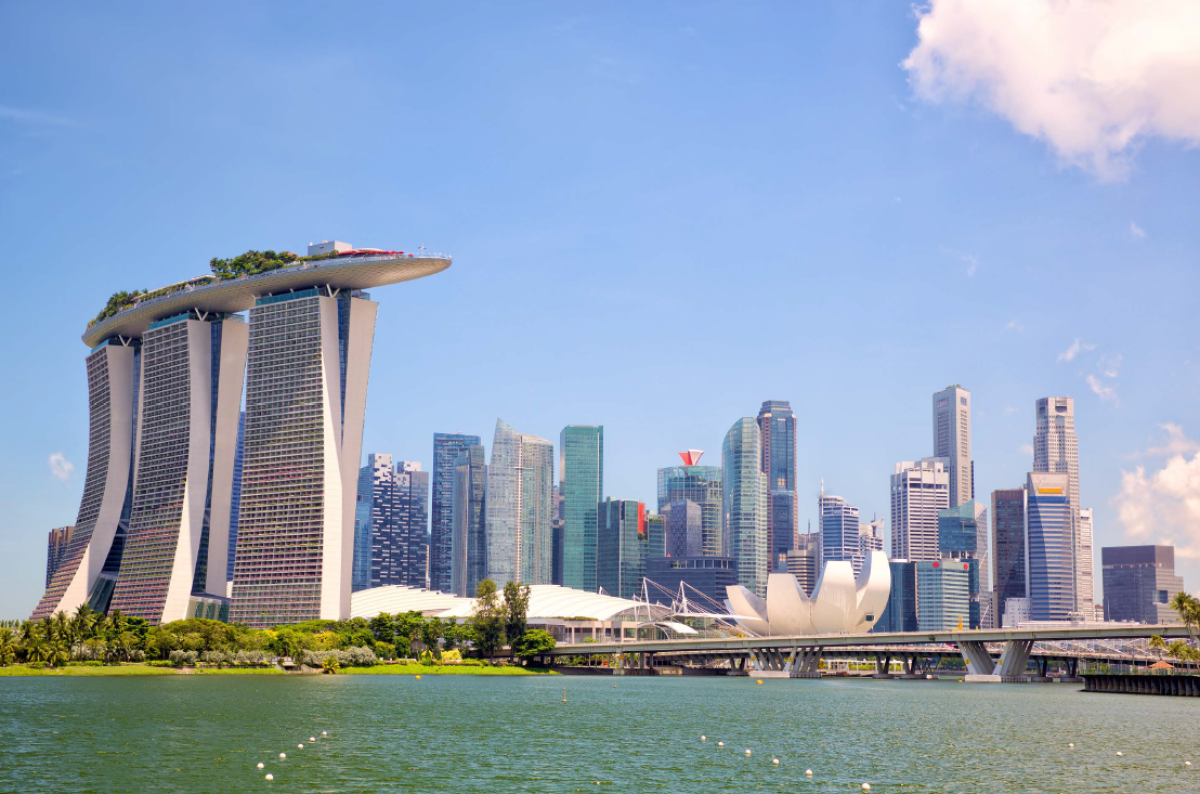Urbanisation is putting unprecedented pressure on our resources and infrastructure. In the year 1800, the world’s population was circa one billion, now it is circa eight billion and is projected to reach more than 8.2bn by 2026.
With life expectancy increasing across the globe, city and urban planners are turning to technological innovations to solve the challenges relating to designing and supporting Smart Cities and Towns, whilst at the same time exploring and leveraging renewable energy sources to reduce their carbon footprint.
Urban planning comes with its own set of challenges, not the least of which is how do you ensure these cities remain not only connected, efficient and sustainable, but also offer a true quality of life for all citizens.
Smart Cities are complex ecosystems that rely on data-driven solutions comprising IoT devices, secure wireless networks, 5G, AI Computer Vision including Natural Language Search and common communications protocols. Which when combined support the functionality required to operate a Smart City.
Fundamental to the success of a smart city initiative – once the vision and long-term strategic plans have been agreed is the ability to capture, correlate, interpret and manage the vast amounts of data that will be generated from real-time loT sensors and information and communications technologies (“ICT”) associated with both private business and government agencies, who are, ultimately responsible for planning, implementing and maintaining public services.
According to the recently published 2024 Smart City Index, Singapore is the world’s fifth-smartest city, moving up two levels from its ranking in 2023. The Republic also remains the smartest city in Asia, outperforming the likes of Beijing, Taipei and Seoul.
So what does it take to become the smartest city in Asia? In 2014, Prime Minister Lee Hsien Loong outlined plans to turn Singapore into the world’s first Smart Nation and launched the Smart Nation Programme Office to drive the national effort.
In the years that followed, government departments were tasked with creating and delivering a ubiquitous digital ecosystem capable of supporting the needs of the citizens and residents of Singapore.
The result of the close collaboration between the Singapore government, private sector and other stake holders is quite remarkable. Everyday life for residents of Singapore now revolves around a mobile device to access a broad range of government and commercial sector services and products.
All this digital data is available securely at the press of a button, on a bus or underground on the mass rapid transit (MRT) network which consists of six different lines. To put this into context, the MRT network consists of more than 140 stations across the 200km system and serves around three million passengers per day, with every passenger expecting to be able to use their mobile device without interruption.
Investment in the underlying infrastructure of a smart city, be it 5G, communications, power, and utilities distribution is therefore crucial to its success. When you build a digital data eco-system for a smart city, ease of use and interoperability must be at the heart of the core solutions. Take car parking as an example; in Singapore, there are no ticket machines where you insert coins, notes or your credit cards before you leave the car park.
Instead, you drive up to the barrier, which is equipped with an RF reader which detects an in-vehicle unit mounted on your dashboard which contains your prepaid cashcard and the parking fee is deducted from your card.
Cities around the world compete to attract major events and the tourists and fans that attend them, and Singapore is no exception. In September 2008, Singapore hosted the first F1 street race to be held at night over 3.146 miles on the city’s streets. This year, Singapore set a new benchmark hosting a number of major concerts at the National Stadium including Taylor Swift, Coldplay and Ed Sheeran who played to an audience of 60,000.
Key to attracting these mega stars to Singapore is the ease with which fans can travel and enjoy themselves in a safe environment. Ubiquitous CCTV cameras provide Singapore law enforcement with coverage across the country with approx.
90,000 CCTV cameras covering public areas like roads, highways, train stations, shopping malls, and stadiums. Leveraging AI computer vision across these CCTV cameras can provide operators with automatically generated alerts. All of which supports the ethos that Singapore is a safe city to visit.
Singapore is an example of how, with the right vision and commitment – as well as investment in infrastructure, ICT, data-driven technology, services and utilities – you can create a smart city which is sustainable and an enjoyable place to live and work.
-
Originally published on Tech Edge AI



